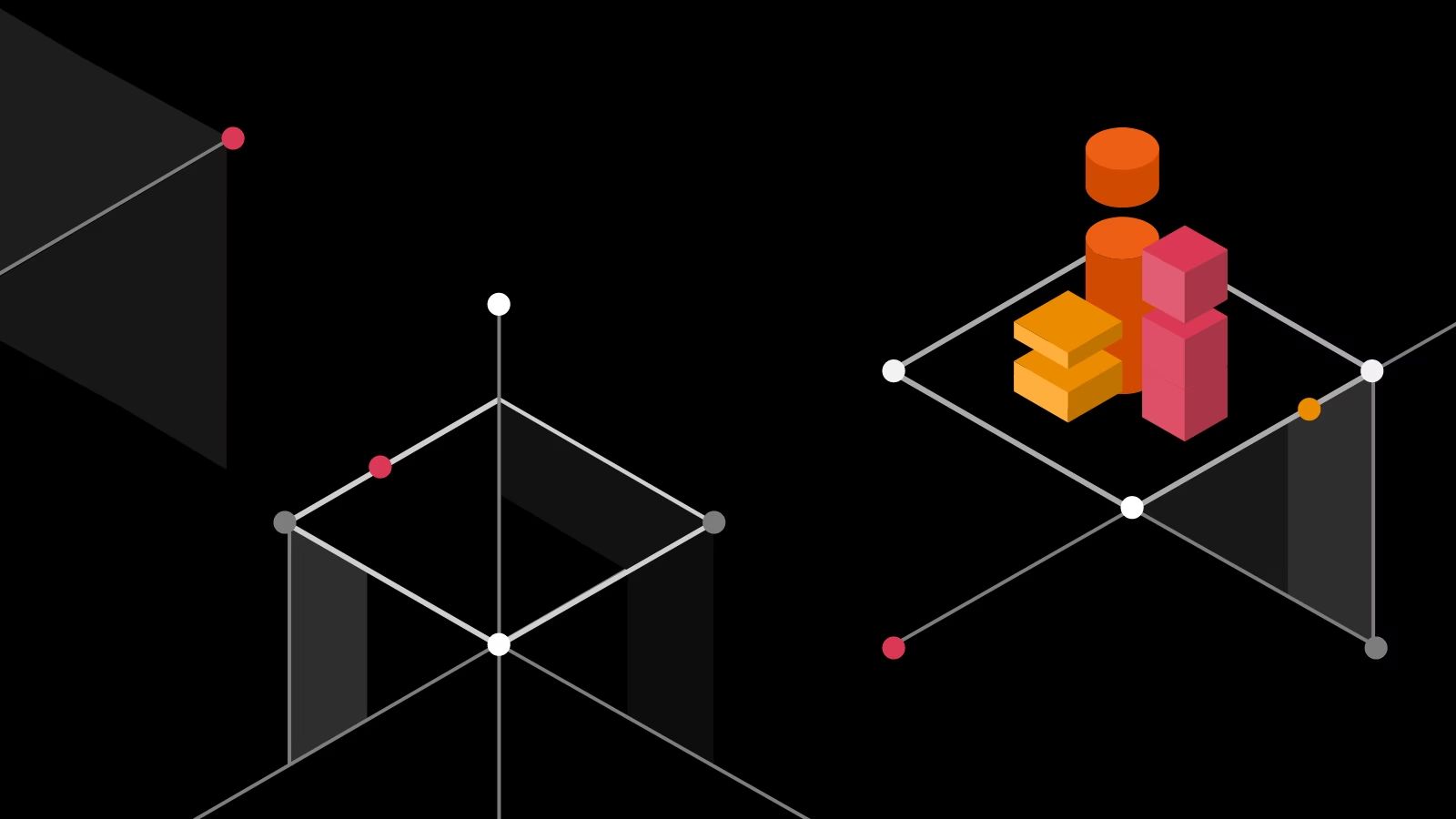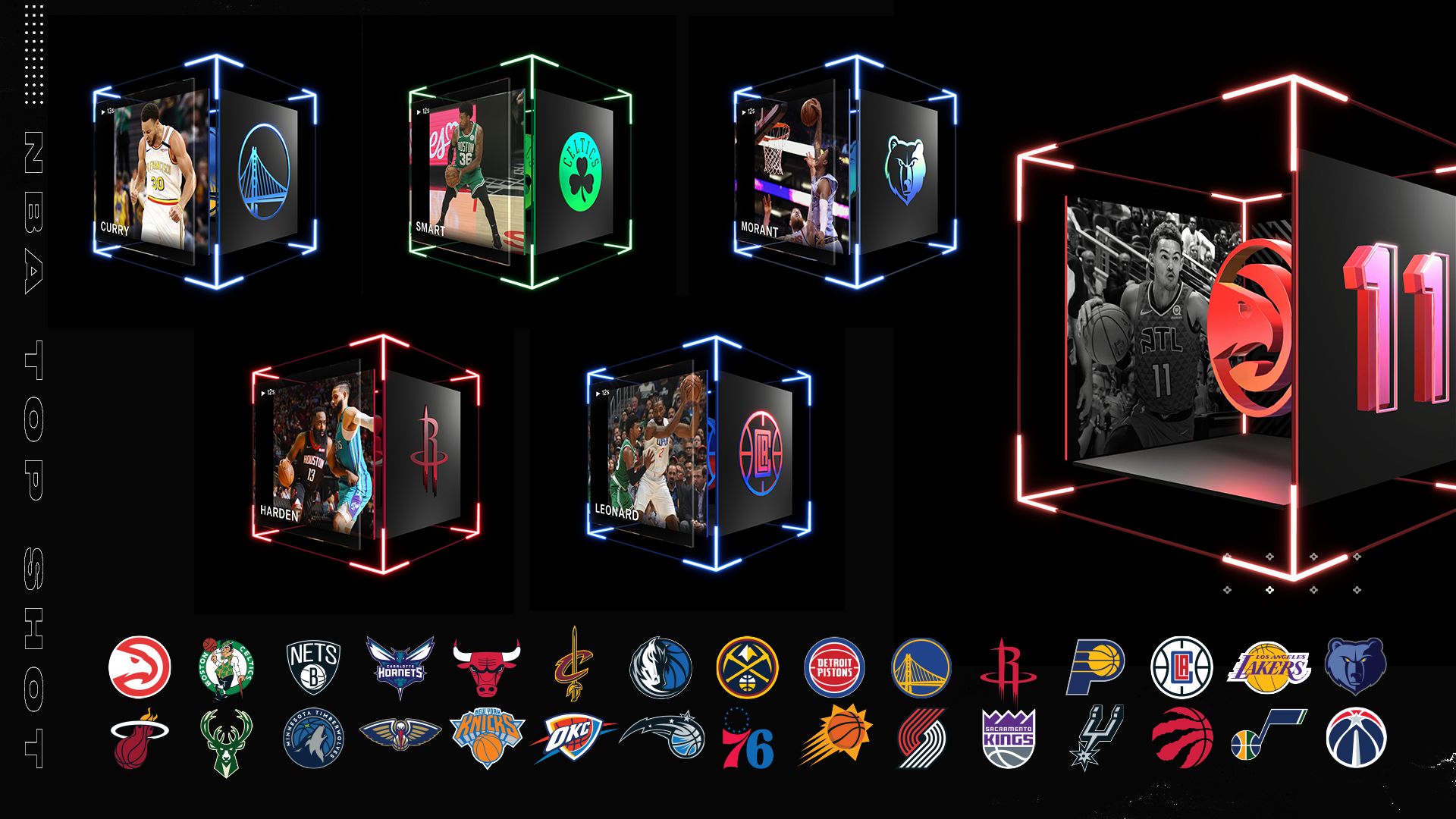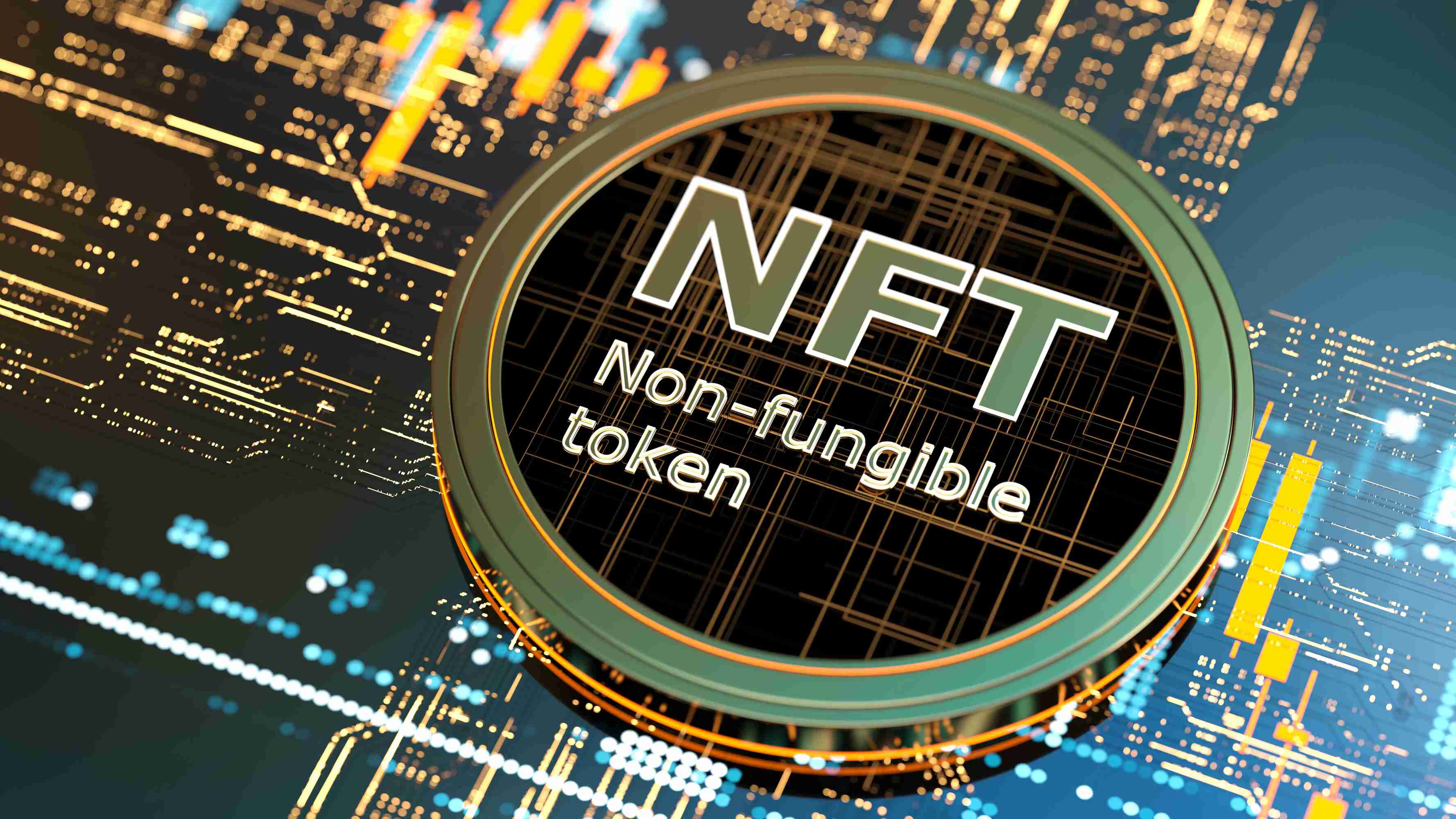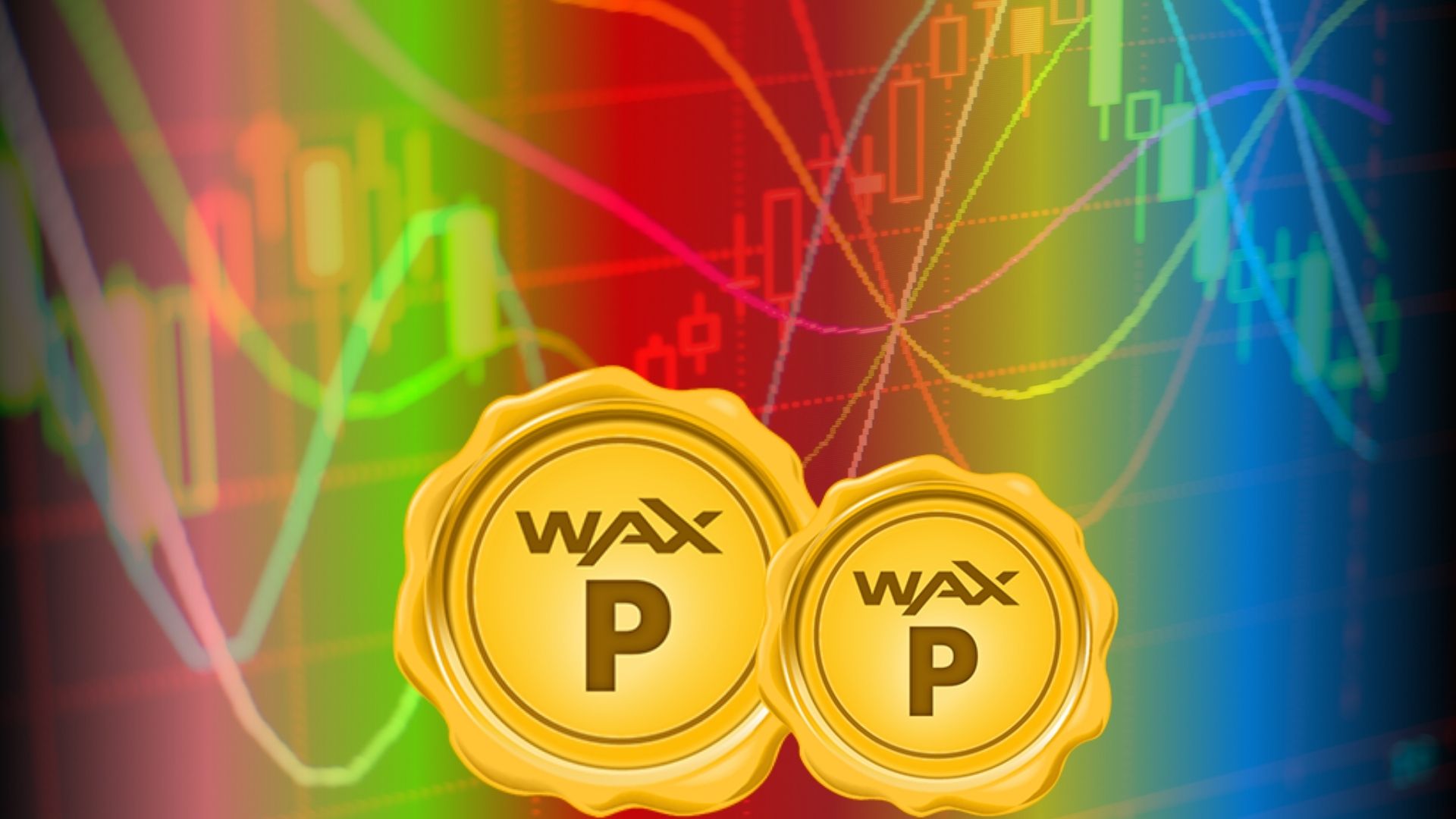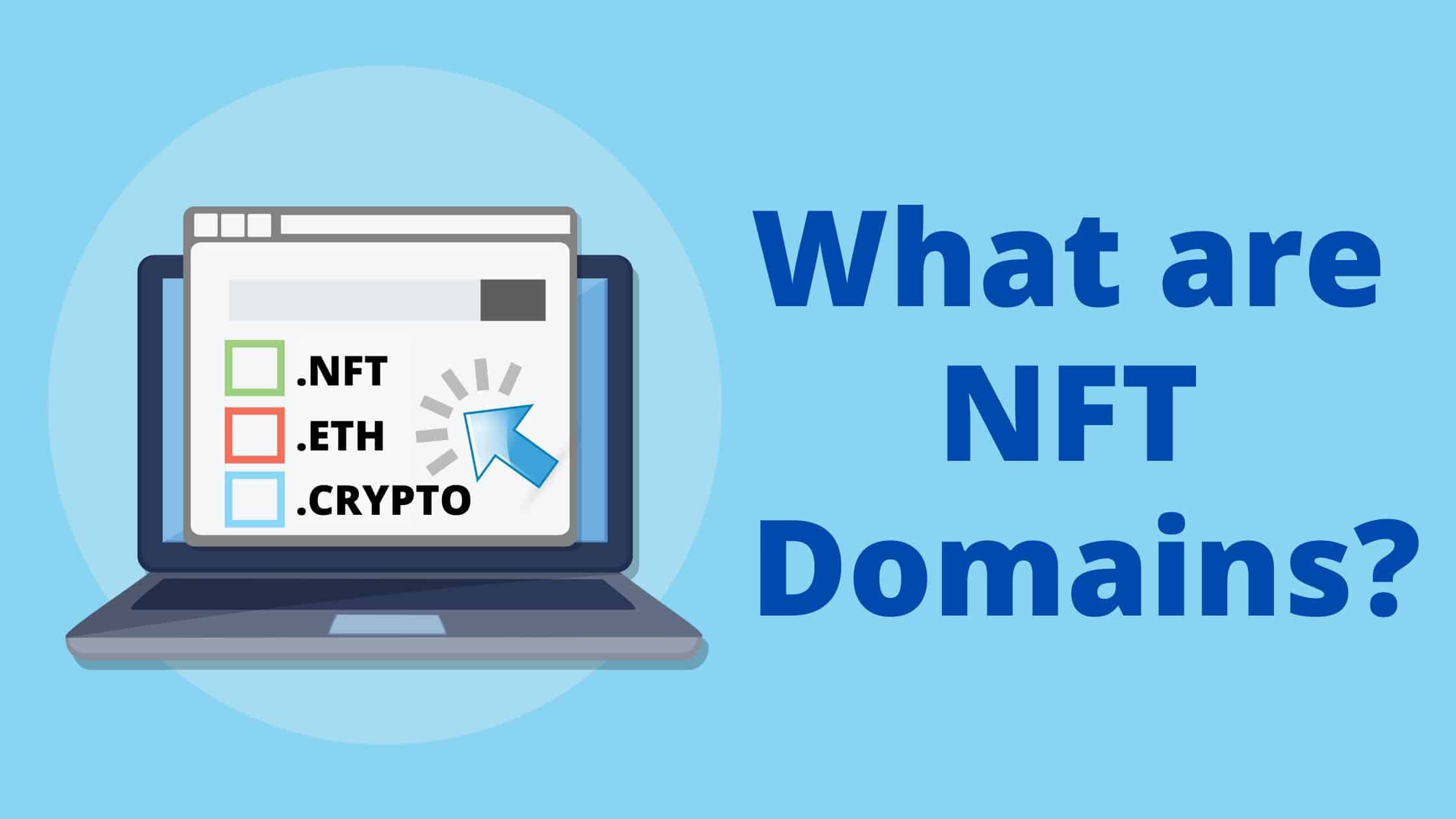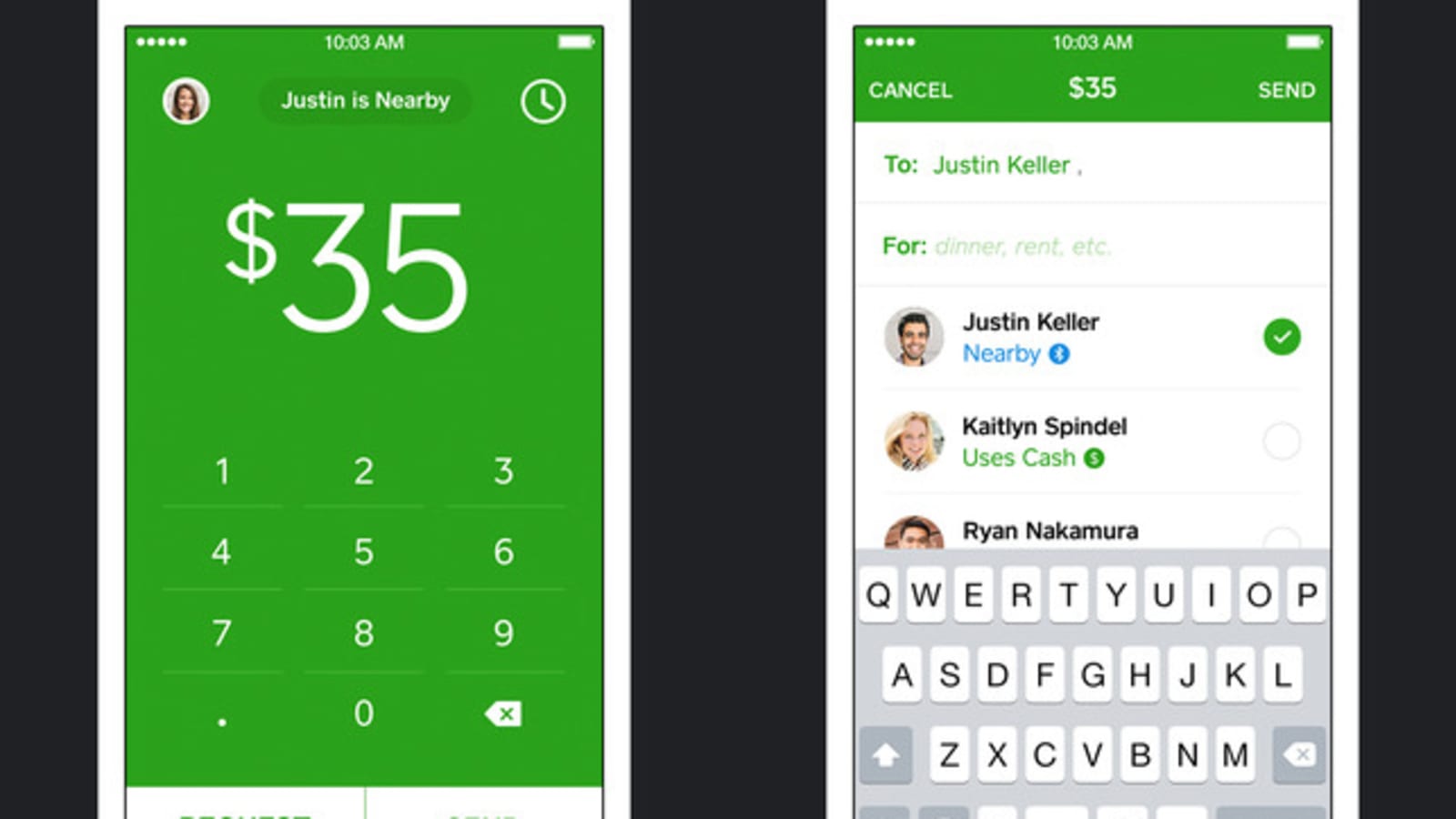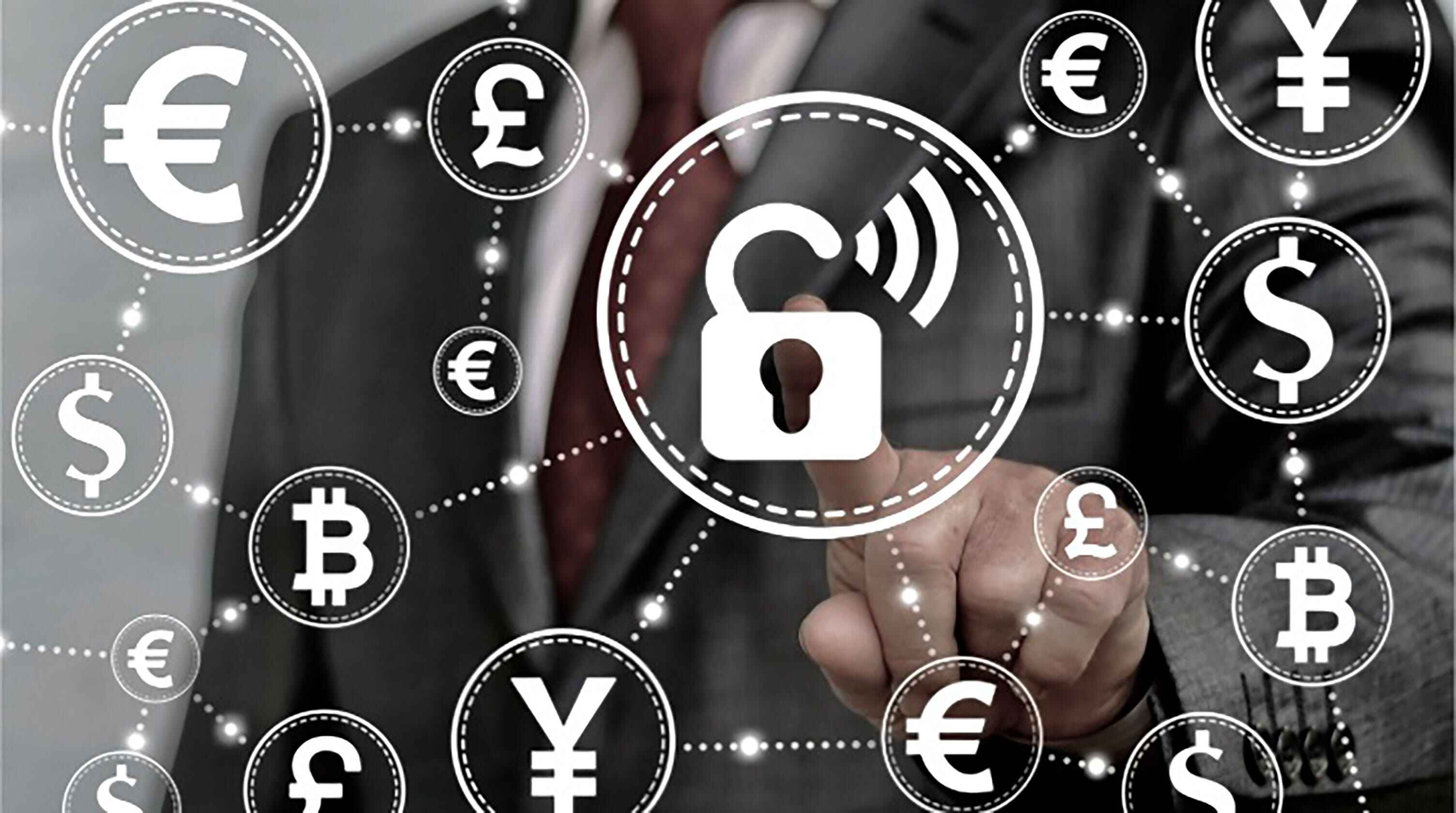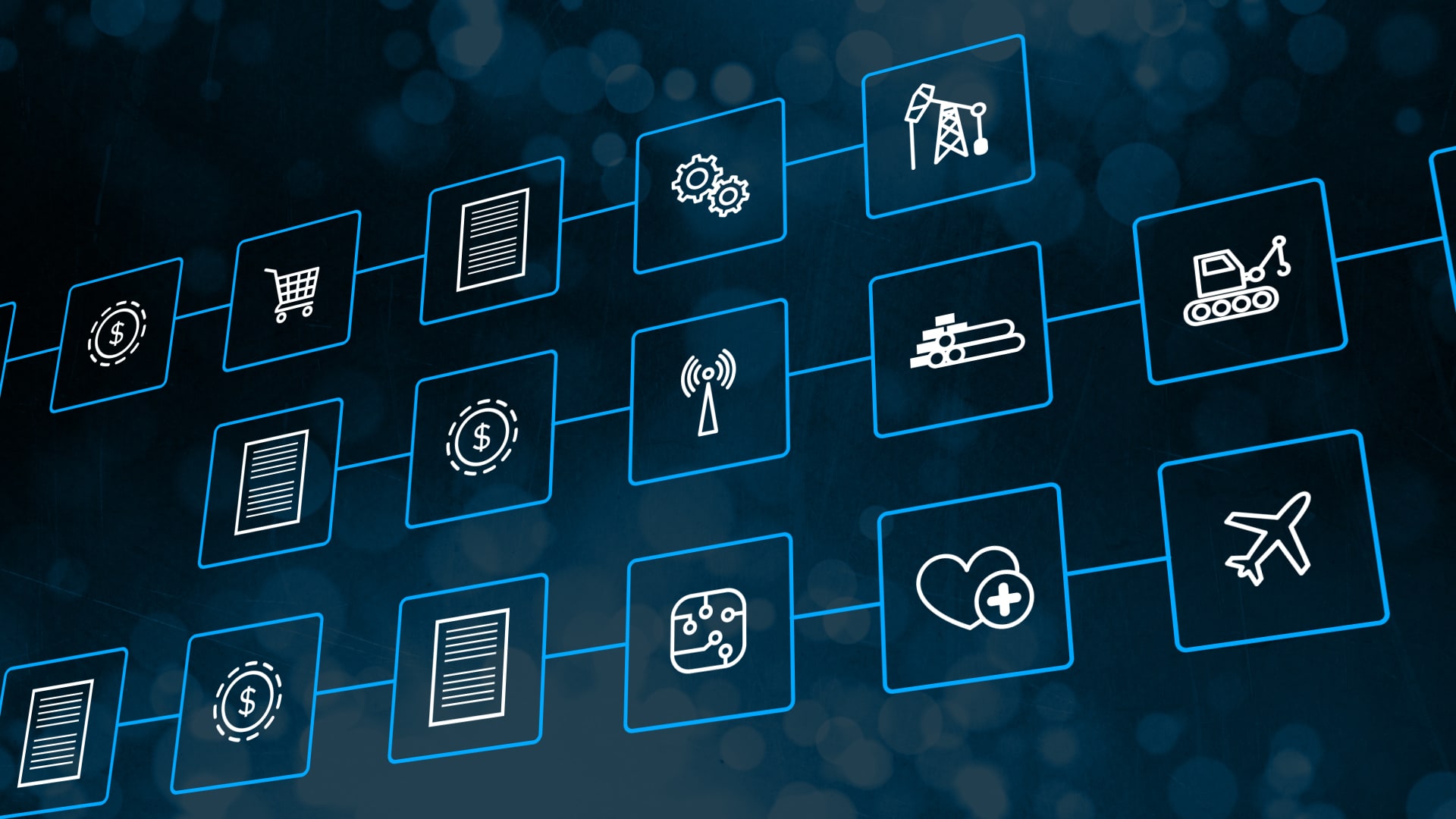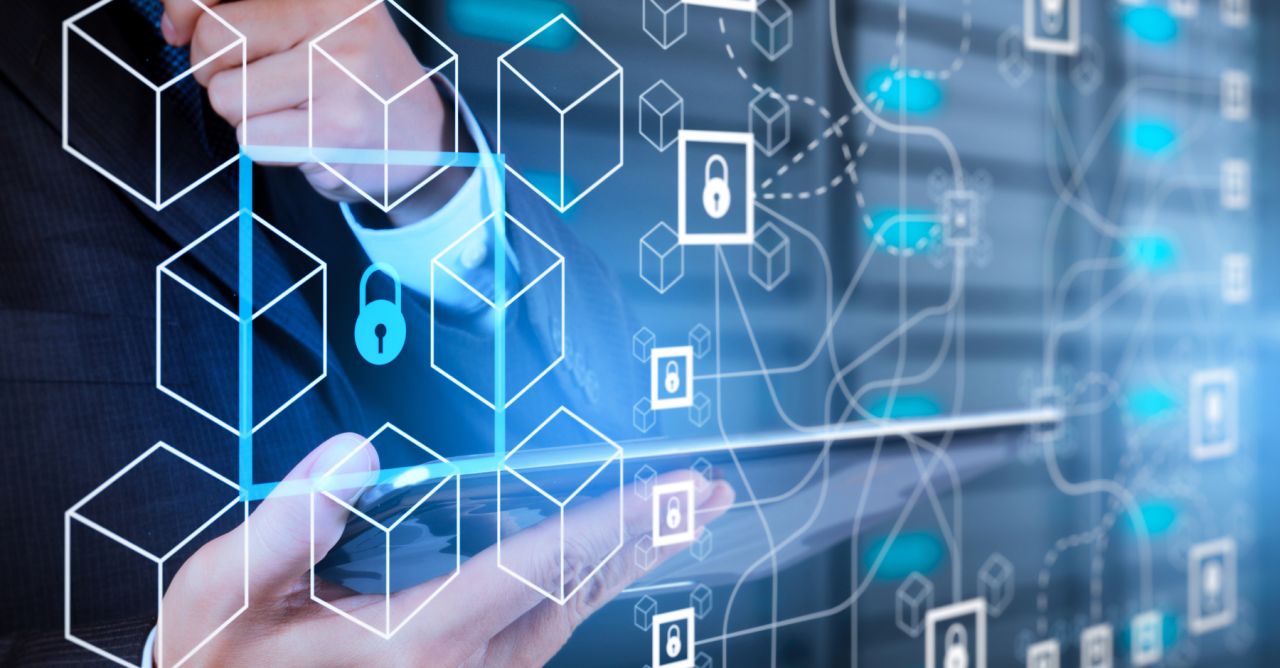Introduction
Welcome to the world of digital assets and blockchain technology. In today’s digital age, the concept of ownership has extended beyond physical objects to encompass intangible assets that hold significant value. These digital assets, ranging from cryptocurrencies and digital art to virtual real estate and intellectual property, have sparked a revolution in the way we perceive and interact with assets.
At the heart of this revolution is blockchain technology, a decentralized and distributed ledger system that provides transparency, security, and immutability to digital transactions. Blockchain has emerged as a game-changing technology that not only facilitates the seamless transfer of digital assets but also ensures trust and accountability in a trustless environment.
This article aims to explore the world of digital assets and delve into how blockchain technology has transformed the way we create, manage, and trade these assets. We will explore the key concepts of digital assets and blockchain and highlight the benefits and challenges associated with using blockchain for digital assets. Additionally, we will examine real-world examples of digital assets on the blockchain to showcase the diverse applications of this technology.
Whether you are a blockchain enthusiast, a digital artist, a cryptocurrency investor, or simply curious about the transformative power of technology, this article will provide valuable insights into the exciting world of digital assets and blockchain.
What are Digital Assets?
Digital assets are intangible assets that exist in electronic form and hold value in various forms. They can include cryptocurrencies like Bitcoin and Ethereum, digital art and collectibles, domain names, digital currencies, virtual real estate, intellectual property rights, and more. Essentially, any item that can be stored, transferred, and traded electronically can be considered a digital asset.
One of the key characteristics of digital assets is their uniqueness and scarcity. Unlike traditional digital files that can be easily replicated, digital assets are often created using blockchain technology, which ensures their uniqueness and immutability. This is achieved through the use of cryptographic algorithms, which create a digital signature or token that represents the asset and can be securely transferred and verified on the blockchain.
Another important aspect of digital assets is their ownership and control. In the traditional financial system, intermediaries such as banks and clearinghouses play a crucial role in verifying and facilitating transactions. However, with digital assets, ownership can be established and transferred directly on the blockchain without the need for third-party intermediaries.
Furthermore, digital assets can be programmed with smart contracts, which are self-executing contracts with predefined rules and conditions. These smart contracts can automate and facilitate various business processes, such as royalty distribution for digital content creators or the execution of complex financial transactions.
The value of digital assets is determined by supply and demand dynamics, similar to traditional assets. However, their value can also be influenced by other factors, such as the uniqueness, scarcity, and cultural significance associated with the asset. For example, digital artworks created by renowned artists or limited edition virtual collectibles can command high prices in the digital asset market.
Overall, digital assets are revolutionizing the concept of ownership and value in the digital realm. They offer exciting opportunities for creators, investors, and businesses to explore new avenues of value creation and unlock the potential of the digital economy.
What is Blockchain?
Blockchain is a decentralized and distributed ledger technology that enables the secure and transparent recording of transactions. It is essentially a chain of blocks, where each block contains a list of transactions that are cryptographically linked to the preceding block. This chain of blocks forms an immutable and tamper-proof record of all transactions, making it highly secure and reliable.
One of the key features of blockchain is its decentralized nature. Unlike traditional centralized systems where a central authority validates and controls transactions, blockchain operates on a peer-to-peer network, where multiple participants called nodes verify and validate the transactions. This decentralization eliminates the need for intermediaries, reduces costs, and enhances transparency and trust in the system.
Blockchain operates on the principle of consensus, where all participants in the network agree on the validity of transactions. This consensus is achieved through various algorithms, such as proof-of-work or proof-of-stake, which ensure that only valid transactions are added to the blockchain. Once a transaction is added to the blockchain, it becomes permanent and cannot be altered or deleted, providing an immutable record of all transactions.
Another important aspect of blockchain is its transparency. While individual transactions on the blockchain are pseudonymous, meaning they are linked to unique digital addresses rather than real-world identities, the entire transaction history is visible to all participants. This transparency fosters trust and accountability, as it allows for the auditing of transactions and ensures that the system is not susceptible to fraud or manipulation.
Blockchain technology has gained widespread recognition primarily due to its role in powering cryptocurrencies like Bitcoin. However, its applications go beyond financial transactions. Blockchain has the potential to revolutionize various industries, including supply chain management, healthcare, voting systems, and more. By providing secure, transparent, and decentralized platforms, blockchain can streamline processes, reduce costs, and enhance trust in a wide range of applications.
In summary, blockchain is a groundbreaking technology that provides a secure, decentralized, and transparent platform for recording and verifying transactions. It has the potential to transform the way we conduct business and interact with digital assets, opening up new opportunities and possibilities in the digital age.
How do Digital Assets work on the Blockchain?
Digital assets leverage the power of blockchain technology to enable secure and efficient ownership, transfer, and management of assets in the digital realm. The blockchain serves as a decentralized ledger that records and verifies the ownership and transaction history of these assets.
When a digital asset is created, it is usually represented by a unique token or digital certificate that is stored on the blockchain. This token acts as a proof of ownership and contains metadata about the asset, such as its creator, date of creation, and any additional information relevant to the asset.
When transferring a digital asset, the owner initiates a transaction on the blockchain, which includes the details of the transfer, such as the sender, receiver, and the asset being transferred. This transaction is validated and added to a block by multiple nodes on the network through a consensus mechanism.
Once the transaction is added to the blockchain, it is verified and recorded permanently, making it impossible to alter or tamper with the asset’s ownership history. This immutability ensures the integrity and authenticity of the digital asset, enhancing trust and preventing fraudulent activities.
The transfer of digital assets on the blockchain is facilitated through the use of digital wallets. These wallets provide a secure means of storing, accessing, and transferring digital assets. Wallets can be software-based, such as mobile or desktop applications, or hardware devices specially designed for storing digital assets.
Blockchain technology also enables the creation of smart contracts, which are self-executing contracts with predefined conditions and rules. Smart contracts can be programmed to automatically execute certain actions when specific conditions are met. For example, a smart contract can be used to automate the transfer of ownership and payment for a digital asset once certain criteria are fulfilled.
By utilizing blockchain technology, digital assets inherit the key advantages of the blockchain, including transparency, security, and decentralization. Digital asset ownership can be easily verified and transferred without the need for intermediaries, reducing transaction costs and improving efficiency.
Overall, digital assets on the blockchain provide a revolutionary way to manage and trade assets in the digital world. They enable individuals and businesses to securely and seamlessly handle digital assets, unlocking new possibilities and opportunities in various industries.
Benefits of Using Blockchain for Digital Assets
Blockchain technology offers numerous benefits for the management and utilization of digital assets. Let’s explore some of the key advantages that make blockchain an ideal platform for digital assets.
1. Transparency and Immutability
Blockchain provides a transparent and immutable record of all digital asset transactions. Every transaction is recorded on the blockchain, creating a clear and auditable history of ownership and transfers. This transparency enhances trust and ensures that digital assets cannot be fraudulently altered or tampered with.
2. Security and Trust
Blockchain employs sophisticated cryptographic algorithms to secure digital asset transactions. The decentralized nature of the blockchain and the consensus mechanism ensure that transactions are validated by multiple participants, making it highly resistant to hacking or malicious activities. This level of security builds trust among users and prevents unauthorized access to digital assets.
3. Elimination of Middlemen
By leveraging blockchain technology, digital asset transactions can be conducted directly between parties without the need for intermediaries. This eliminates the reliance on costly third-party intermediaries, reducing transaction costs and increasing the speed and efficiency of asset transfers.
4. Global Accessibility
Blockchain technology enables global accessibility and eliminates geographical barriers for digital asset ownership and trading. Digital assets can be accessed and transferred across borders without the need for complex intermediaries or regulatory hurdles. This opens up new opportunities for investors, creators, and businesses to participate in the global digital asset economy.
5. Programmability with Smart Contracts
Blockchain’s smart contract functionality allows for the automation and programmability of digital asset transactions. Smart contracts enable the creation of self-executing and tamper-proof agreements, ensuring that the terms and conditions of asset transfers are automatically enforced. This automation reduces the need for manual intervention, streamlines processes, and eliminates the possibility of human error.
6. Fractional Ownership and Liquidity
One of the unique advantages of blockchain-based digital assets is the ability to tokenize and divide them into smaller fractions. This enables fractional ownership, where multiple individuals can own a portion of an asset. Fractional ownership increases liquidity and allows for easier and more flexible trading of assets, unlocking access to a wider pool of investors and increasing market liquidity.
These are just some of the benefits that blockchain technology brings to the realm of digital assets. As the technology continues to evolve and grow, we can expect even more innovative applications and advantages for digital asset management and utilization.
Challenges and Risks of Using Blockchain for Digital Assets
While blockchain technology offers numerous benefits for digital asset management, there are also challenges and risks associated with its adoption. Understanding these challenges is key to effectively harnessing the potential of blockchain for digital assets. Let’s explore some of the main challenges and risks below.
1. Scalability
Blockchain networks, especially public and permissionless networks like Bitcoin and Ethereum, face scalability issues. The speed and capacity of these networks are limited, which can result in delays and congestion in processing transactions. As the demand for digital asset transactions grows, scalability becomes a significant challenge that needs to be addressed to ensure smooth operations.
2. Regulatory and Compliance Frameworks
The regulatory landscape for digital assets and blockchain is still evolving. Governments and regulatory bodies are grappling with determining appropriate frameworks to govern digital assets and mitigate risks such as money laundering and fraud. The lack of standardized regulations can create uncertainty and compliance challenges for businesses and individuals operating in the digital asset space.
3. Security Vulnerabilities
While blockchain technology is known for its security, it is not completely immune to vulnerabilities. Smart contract bugs, hacking attacks, and vulnerabilities in the underlying blockchain protocols can expose digital assets to security risks. The decentralized nature of blockchain also means that there is no central authority to address security breaches, making it crucial to prioritize robust security measures and best practices.
4. User Experience and Adoption
Blockchain technology is still relatively new and can be complex for the average user to understand and navigate. The user experience of interacting with digital assets on the blockchain needs improvement to enhance accessibility and adoption. Educating users about the benefits and functionalities of blockchain technology is essential to drive wider acceptance and usage of digital assets.
5. Legal and Intellectual Property Issues
Blockchain technology presents unique challenges related to legal and intellectual property rights. The decentralized and immutable nature of blockchain makes it difficult to rectify errors or resolve disputes. Ensuring compliance with existing legal frameworks and addressing intellectual property concerns in the digital asset space require careful consideration and adaptation of legal frameworks.
6. Technological Advancements
Blockchain technology is rapidly evolving, and new advancements are constantly emerging. Keeping up with these advancements and integrating them into existing systems require technical expertise and resources. Failure to adapt to emerging technologies and protocols may lead to compatibility issues and hinder the efficient management of digital assets.
By addressing these challenges and risks, the potential of blockchain technology for digital assets can be fully realized. Collaboration between stakeholders, industry standards, and continuous innovation will play a crucial role in overcoming these obstacles and creating a secure and thriving ecosystem for digital assets on the blockchain.
Real-World Examples of Digital Assets on the Blockchain
The application of blockchain technology has led to the emergence of various real-world use cases for digital assets. These examples demonstrate the versatility and transformative potential of blockchain in different industries. Let’s explore some notable examples below.
1. Cryptocurrencies
The most well-known examples of digital assets on the blockchain are cryptocurrencies such as Bitcoin, Ethereum, and Ripple. These decentralized digital currencies enable peer-to-peer transactions without the need for intermediaries, revolutionizing the traditional financial system and offering alternative forms of digital money.
2. Non-Fungible Tokens (NFTs)
NFTs have gained significant attention in recent years as unique digital assets recorded on the blockchain. NFTs represent ownership of a specific digital item, such as digital art, collectibles, or virtual real estate. The blockchain ensures the authenticity and provenance of these assets, providing artists and creators with new avenues for monetization and ownership verification.
3. Intellectual Property Rights
Blockchain is being explored as a solution for managing and protecting intellectual property rights. By recording information about copyrights, patents, and trademarks on the blockchain, creators can establish irrefutable proof of ownership and easily enforce their rights. This can streamline the licensing process and reduce the occurrence of intellectual property infringements.
4. Supply Chain Management
Blockchain technology has the potential to enhance supply chain management by providing transparency and traceability. Digital assets can be used to track and record the movement of goods throughout the supply chain, ensuring the authenticity and origin of products. This is particularly valuable for industries such as food and pharmaceuticals, where product integrity and safety are paramount.
5. Tokenized Assets
Traditional assets, such as real estate, art, and even company shares, can be tokenized and represented as digital assets on the blockchain. This allows for fractional ownership, increased liquidity, and easier transfer of ownership. Tokenization of assets democratizes access to investments and opens up new opportunities for investors and asset owners.
6. Decentralized Finance (DeFi)
DeFi applications leverage blockchain technology to create a decentralized financial ecosystem that eliminates intermediaries and facilitates peer-to-peer transactions. These platforms enable digital assets to be used as collateral for loans, provide liquidity in decentralized exchanges, and enable various other financial services, all within a transparent and secure framework.
These examples highlight the wide range of applications for digital assets on the blockchain. From cryptocurrencies and NFTs to intellectual property rights and supply chain management, blockchain technology is revolutionizing industries and paving the way for a new era of digital asset utilization and ownership.
Conclusion
The rise of digital assets and blockchain technology has ushered in a new era of ownership, transparency, and trust in the digital realm. Digital assets, ranging from cryptocurrencies and NFTs to intellectual property rights and tokenized assets, hold immense value and offer exciting opportunities for creators, investors, and businesses.
Blockchain technology serves as the underlying foundation for the secure and efficient management of digital assets. It provides transparency, immutability, and decentralization, ensuring the integrity and authenticity of transactions. The use of smart contracts automates processes and enhances efficiency in the transfer and management of assets.
While the benefits of blockchain for digital assets are evident, there are challenges and risks to navigate. Scalability, regulatory frameworks, security vulnerabilities, user experience, legal considerations, and technological advancements pose ongoing challenges that require continuous attention and innovation.
Nevertheless, real-world examples across various industries showcase the transformative power of blockchain for digital assets. From cryptocurrencies revolutionizing finance to NFTs transforming the art world, blockchain is reshaping traditional systems and opening up new possibilities for ownership, trading, and monetization.
As blockchain technology continues to evolve and gain broader adoption, it is essential to foster collaboration, establish standardized regulatory frameworks, and prioritize robust security measures. This will create a secure and thriving ecosystem for digital assets, where individuals, businesses, and industries can fully leverage the potential of this groundbreaking technology.
In conclusion, the era of digital assets on the blockchain has arrived, and it is poised to redefine how we perceive, interact with, and derive value from assets in the digital age. By embracing blockchain technology, we can unlock new avenues for creativity, investment, and economic growth, fueling the continued evolution of the digital asset landscape.







